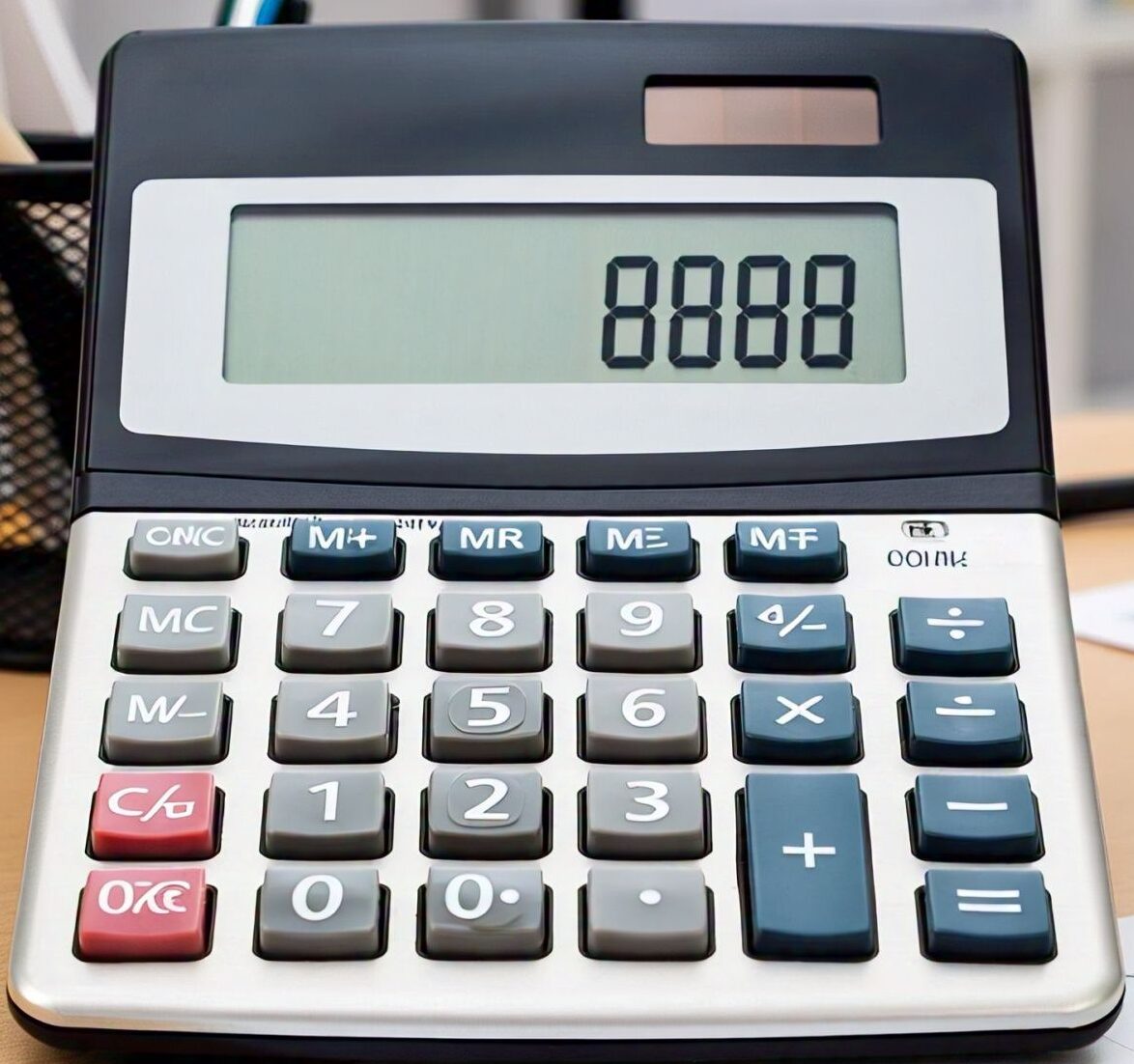The Calorie Calculator helps estimate the daily calorie intake needed for an individual. It also offers basic recommendations for weight gain or weight loss.
Calorie Calculator: Science-Based Weight Management Guide
Understanding Calorie Calculation Methods
Our calorie calculator uses scientifically validated equations to estimate your daily energy needs. These calculations are based on decades of metabolic research:
The Gold Standard: Mifflin-St Jeor Equation
Developed in 1990, this is currently the most accurate BMR (Basal Metabolic Rate) formula for most people:
For men:
BMR = (10 × weight in kg) + (6.25 × height in cm) – (5 × age) + 5
For women:
BMR = (10 × weight in kg) + (6.25 × height in cm) – (5 × age) – 161
The Revised Harris-Benedict Equation
An updated version of the 1918 original, still useful though slightly less precise:
For men:
BMR = (13.397 × weight) + (4.799 × height) – (5.677 × age) + 88.362
For women:
BMR = (9.247 × weight) + (3.098 × height) – (4.330 × age) + 447.593
The Body Composition Formula: Katch-McArdle
Most accurate for those who know their body fat percentage:
BMR = 370 + (21.6 × lean body mass in kg)
Where lean body mass = total weight × (1 – body fat percentage)
How Your Body Uses Calories
Your BMR represents the calories needed for basic bodily functions at complete rest. To account for daily activity, we multiply your BMR by an activity factor (1.2-1.95). This gives your Total Daily Energy Expenditure (TDEE).
Weight loss fundamentals:
1 pound ≈ 3,500 calories
Reducing intake by 500 calories/day ≈ 1 lb loss per week
Maximum safe deficit: 1,000 calories/day (2 lbs/week)
Smart Weight Loss Strategies
The Balanced Approach
Rather than extreme restriction, we recommend:
1. Moderate calorie reduction** (20-25% below TDEE)
2. Regular physical activity** (150+ minutes/week)
3. Nutrient-dense foods** to maintain health
4. Sustainable habits** you can maintain long-term
Why Avoid Crash Dieting?
Rapid weight loss often means losing muscle, which lowers metabolism
Extreme restriction can trigger “starvation mode” slowing weight loss
Nutrient deficiencies may occur
Most people regain the weight plus more
Practical Weight Management Tips
Food Tracking Made Simple
1. Use a food scale for accuracy when starting
2. Try apps like MyFitnessPal or Cronometer
3. Learn visual estimates for common foods
4. Focus on whole, minimally processed foods
Sample Meal Plans
1,200 Calorie Day
Breakfast: Greek yogurt with berries (200 cal)
Lunch: Grilled chicken salad (350 cal)
Dinner: Salmon with roasted veggies (400 cal)
Snacks: Apple with almond butter (250 cal)
1,500 Calorie Day
Breakfast: Oatmeal with nuts (300 cal)
Lunch: Turkey wrap with veggies (400 cal)
Dinner: Lean beef stir-fry (500 cal)
Snacks: Hummus with veggies (300 cal)
2,000 Calorie Day
Breakfast: Veggie omelet with toast (500 cal)
Lunch: Quinoa bowl with chicken (600 cal)
Dinner: Pork chop with sweet potato (700 cal)
Snacks: Mixed nuts & fruit (200 cal)
Understanding Food Energy
Calories in Common Foods
| Food | Serving | Calories |
|—————|———|———-|
| Apple | 1 medium| 95 |
| Chicken breast| 3 oz | 140 |
| White rice | 1 cup | 205 |
| Almonds | 1 oz | 164 |
| Broccoli | 1 cup | 55 |
Exercise Equivalents
How much activity burns 300 calories?
Walking: 60-75 minutes
Swimming: 35-40 minutes
Cycling: 30 minutes
Running: 25 minutes
Advanced Technique: Calorie Cycling
Alternating higher and lower calorie days can help prevent metabolic adaptation. For example:
Weekly Goal:11,900 calories
Mon/Wed/Fri: 1,700 calories
Tue/Thu: 1,400 calories
Weekend: 1,900 calories
This approach maintains the same weekly deficit while providing flexibility.
Important Health Considerations
